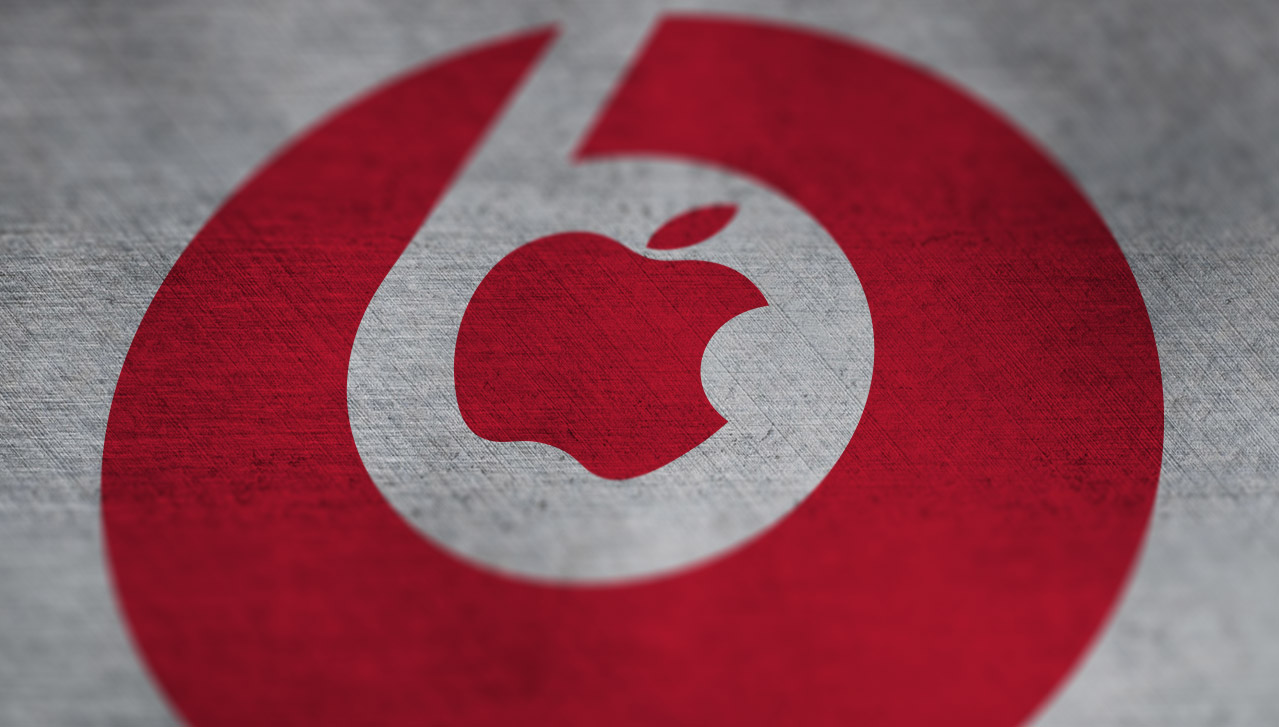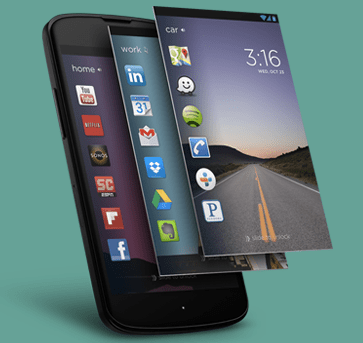|
Watson is kind of a left brain decision engine.
It is very strong numerically, but it is kind of an extreme version of
Sheldon on The Big Bang Theory. It isn't very empathetic, and
it isn't intuitive. Neural networking and cognitive computing will close
the gaps, resulting in machines that can do more than suggest the top
choices in a decision. They will actually make the decision.
|
 IBM is massively increasing
its commitment to Watson, which was evident at last week's IBM Think
Forum. IBM recognizes that if it can get a product that thinks first,
then it can again take absolute control over the technology market, and
every other company will be chasing it again.
IBM is massively increasing
its commitment to Watson, which was evident at last week's IBM Think
Forum. IBM recognizes that if it can get a product that thinks first,
then it can again take absolute control over the technology market, and
every other company will be chasing it again.I'll close with my product of the week: Gorilla Glass, which is what's keeping us from having far more broken phone screens and likely helping Apple to avoid having to recall the iPhone 6 (though I still think it should).
The Wonder of Watson
Watson is a fascinating system. I'm referring to this class of systems as "decision engines," because they aim to help people make better decisions. What makes them different from any other tool is that they learn about you, rather than you having to learn as much about them.Granted, with these early versions, it is kind of a shared experience -- but prior to systems like Watson, all of the effort to learn how to interface was on the user side. With Watson, the end goal is to shift virtually all of this burden to the system.
What this means is that in the near-term future, when you need something from Watson, you'll be able to sit down and immediately be productive rather than spend the weeks to months it typically now takes to learn a new system. Because Watson learns from you, the longer you work with it, the better it becomes.
As more and more Watson computers are deployed, they learn from each other creating sort of a digital Gestalt providing a massive acceleration in the learning process.
Near-Term Expectations
There were a number of examples at the Think Forum of working systems and prototypes that showcased what Watson can do today. For instance, a hospital treating a cancer patient can look at the detailed information captured on the patient and then determine the highest-probability path to wellness. Watson already has information on obscure treatments and illnesses, which it can apply to the solution.The end result is a customized program that is developed from information gathered all over the world -- both preventing mistakes that already have been made and identifying little known successes to reach an optimal solution.
Watson could provide travelers with an experience similar to what travel agents once provided. For instance, if your plane were delayed or grounded, it would automatically find and recommend an alternate route while you were in transit, which you could execute with one Amazon-like click. When called upon to help plan a trip, Watson could apply what it knows about you and about the various airlines and hotels to create the itinerary most likely to make it trip the best you've ever had.
For help desk issues, it would take customers through custom decision trees defined by the system's ability to diagnose the problem remotely and gauge the technical capability of the caller. That would enable it to provide the fastest resolution for the lowest cost, optimizing on a blend of customer satisfaction and cost containment.
It automatically would identify and report bad trends to decision makers, along with optimized recommendations, both to resolve the core issues in a timely way and optimally reduce the related costs.
Company after company testified at the Think Forum that they were seeing massive increases in customer satisfaction and getting a far better handle on costs from Watson-type technology, which is still in its infancy.
Jobs at Risk
Now with the next range of technology advancements, there are a ton of jobs at risk -- and not the obvious ones, either. Specialists are pretty safe for a while, but folks who provide general services -- like accountants, tellers, bankers, stock traders and, well, analysts -- are kind of screwed in the long term.Fortunately, this won't happen overnight, and in the near term there will be some great jobs training systems like Watson but, once trained, these systems will be able to train each other almost instantly.
It will be even longer before specialists are at risk, because the costs of training a system like Watson to handle a specialty will likely exceed the benefits for some time. If the specialty is unique, that time could be indefinite.
Wrapping Up: The Future
The Think Forum wrapped up with a look into the future, and it was a fascinating discussion. Watson is kind of a left brain decision engine. It is very strong numerically, but it is kind of an extreme version of Sheldon on The Big Bang Theory. It isn't very empathetic, and it isn't intuitive.Efforts like neural networking and cognitive computing will close the gaps, resulting in machines that can do more than suggest the top choices in a decision. They will actually make the decision, moving to the next stage and doing the whole job. Fortunately, this right brain aspect is still years off, and until it is ready, people will fill that role.
Two clear job growth areas, for now and in the near term, will be trainers for systems like Watson -- people who understand both a particular subject area and how best to present it to Watson. They will be Watson's right brain partners.
Product of the Week: Gorilla Glass
I was on Fox Business News this week covering the pain of a broken smartphone screen. Toward the end of the show, we tried to break a phone on air, but the phones bounced and didn't break. That was largely because the phones used Gorilla Glass, which is broadly used on smartphones today. It isn't invulnerable -- phones that use it still break -- but they break far less frequently, and as we so humorously demonstrated, it often takes a real boneheaded move to break one.
There was a lot of speculation that the iPhone 6 was going to use sapphire glass, and that would have ended badly. That's because for some screwy reason -- likely to save money -- Tim Cook allowed the iPhone 6 to have an aluminum frame rather than the steel or magnesium alloy frame that other large phones use, and that makes the screen the stiffest part of the phone.
Gorilla Glass bends a little, which is why you have a lot of bent iPhone 6s that don't have cracked screens as well.

Corning's Gorilla Glass
Much like jewels, if you do get a nick in the screen with sapphire, that becomes a flaw -- and the screen will break on that flaw. So sapphire would have cost more and not held up well at all on a large phone.
Now, if phone makers would just work a little harder on protecting the screens, we likely could eliminate most of the breaks that occur when the phone lands on its corner on something as unforgiving as cement or tile. However, Corning's Gorilla Glass is why far more of us don't have smashed phones, and it turned my spot on Fox Business into a comedy sketch, so it is my product of the week.


 The company is also killing off its
The company is also killing off its  The 7-person company closed on its seed round of $900K from mainly Japanese investors, which makes sense as the team is based in Tokyo and the app has a Japanese vibe to it with GIF categories like
The 7-person company closed on its seed round of $900K from mainly Japanese investors, which makes sense as the team is based in Tokyo and the app has a Japanese vibe to it with GIF categories like 














